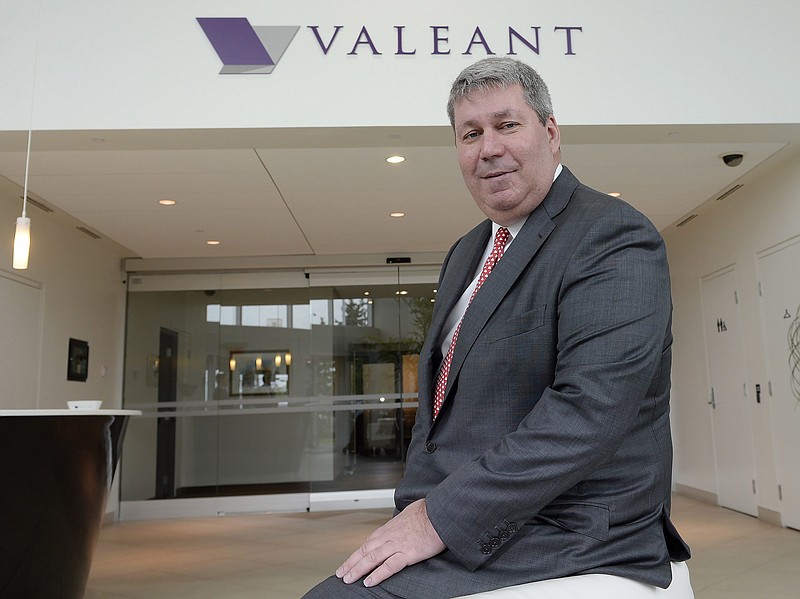From the campaign trail to the halls of Congress, drugmakers have spent much of the past year enduring criticism over the rising cost of drugs.
The clamor appears to have been ineffective, if lowering prices was the goal.
In April alone, Johnson & Johnson raised its prices on several top-selling products, including the leukemia drug Imbruvica, the diabetes treatment Invokana, and Xarelto, an anti-clotting drug, according to a research note published last week by an analyst for Leerink. Other major companies that have raised prices this year include Amgen, Gilead and Celgene, the analyst reported.
Drugmakers have raised prices on brand-name drugs by double-digit percentages since the start of the year, according to interviews with executives at Express Scripts and CVS Caremark, two major drug-benefit managers. And a report last week by the research firm IMS Health found that in 2015, list prices for drugs increased more than 12 percent, in line with the trend over the five previous years.
"It used to be the drug companies only took one price increase a year," said Dr. Steve Miller, chief medical officer at Express Scripts. "Now what they're doing is taking multiple price increases multiple times a year."
That scrutiny on pricing is likely to continue today with the Senate testimony of J. Michael Pearson, the chief executive of Valeant Pharmaceuticals International, which has come to be viewed as an industry pariah after profiting for years on drastic price increases on old drugs. Pearson, who is stepping down as chief executive next month, has been subpoenaed to testify before the Senate Special Committee on Aging, which is investigating the drug-pricing issue.
List prices do not tell the full picture. Much like the inflated room rates posted on the back of a hotel door, drug list prices don't show the rebates and other discounts that insurers and pharmacy-benefit managers demand from manufacturers, who are increasingly being forced to compete with other drugmakers and to offer more generous deals, which lowers the essential cost of the drugs.
In fact, the same report by IMS Health that found that list prices rose 12 percent last year also found that the net price growth -- what insurers and employers actually pay for drugs -- went up a far more modest 2.8 percent, one of the lowest increases in years.
But one of the cruelties of drug pricing is that the burden falls most heavily on those least able to pay it. Uninsured patients often must pay the list price of a drug, and an increasingly large share of insured customers are being asked to pay a percentage of the list price.
"It's sort of embedded in the health care system that the price is never the price, unless you're a cash-paying customer," said Adam Fein, president of Pembroke Consulting, a management advisory and business research company. "And in that case, we soak the poor."
Some of the difference in prices is the result of actions taken by pharmacy-benefit managers such as CVS Health, which manage drug plans for insurers. They have become more sophisticated in recent years, leading to better discounts from drug companies. They cite successes like the major discount that Gilead, the maker of an expensive new hepatitis-C drug, conceded after AbbVie released a competing product. And sales of expensive new cholesterol-lowering drugs, called PCSK9 inhibitors, have been sluggish, in part because insurers have placed numerous restrictions on their use.
"I think we've upped our game," said Dr. Troyen Brennan, chief medical officer of CVS Health. "It's much more dynamic and much more fast-paced, and I think that like us, the other [pharmacy-benefit managers] are responding much more rapidly."
So if drugmakers' list prices aren't representative of the true cost of a drug, why risk negative publicity by raising them? Many rebates and other discounts are tied to a percentage of the list price, for one, which means a higher list price still yields more profit. And not every insurer and pharmacy-benefit manager is as sophisticated as the top players, so manufacturers can profit on the margins.
"The structure of the system is such that the only way they can get any increase in prices is to raise the list price by a very high percent," said Fein. "It's kind of baked into the system, and it's so complicated, you can't really unwind it without blowing up the entire health care system."
Some of the most recent price increases also may be happening because drugmakers are hoping to profit while they can, before congressional or other actions prevent them from doing so, said Geoffrey Porges, the author of the Leerink analysis.
"When you see this type of very aggressive pricing action across many products, then you start to scratch your head and say, is this the industry preparing for a more challenging price environment?" he said. "There's just a general fear of the unknown."
Drugmakers say that, despite the intense focus on their industry, drug costs account for only around 10 percent of health care spending, an amount that has remained relatively steady over time.
Business on 04/27/2016
